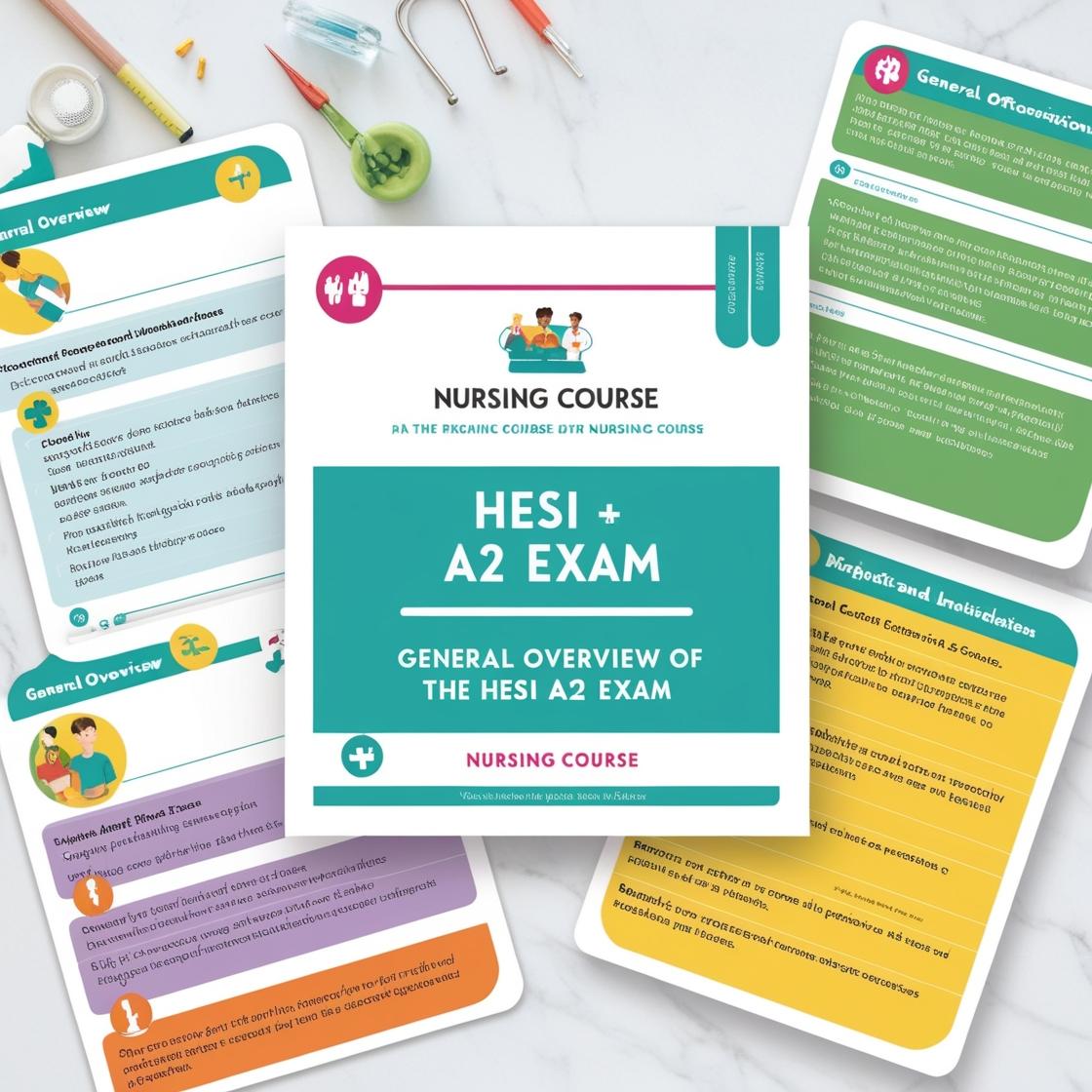HESI A2
HESI A2 Chemistry Questions
1. What is the mass number of an atom with 6 protons, 6 neutrons, and 6 electrons?
- A. 12
- B. 18
- C. 6
- D. 8
Correct answer: A
Rationale: The mass number of an atom is the sum of protons and neutrons. In this case, the atom has 6 protons and 6 neutrons, thus the mass number is 6 + 6 = 12. Therefore, choice A (12) is the correct answer. Choices B (18), C (6), and D (8) are incorrect because the mass number is determined by the sum of protons and neutrons, not the number of electrons or a different combination of particles.
2. Which element has the highest atomic number?
- A. Uranium
- B. Hydrogen
- C. Radon
- D. Bismuth
Correct answer: A
Rationale: The correct answer is Uranium. The atomic number represents the number of protons in an atom's nucleus. Among the options provided, Uranium has the highest atomic number, which is 92. Hydrogen has an atomic number of 1, Radon has an atomic number of 86, and Bismuth has an atomic number of 83. Therefore, Uranium is the element with the highest atomic number in the given choices.
3. Which element is considered a noble gas?
- A. Oxygen
- B. Neon
- C. Hydrogen
- D. Argon
Correct answer: B
Rationale: The correct answer is 'Neon.' Noble gases are a group of elements with very low reactivity. Neon is one of these elements, known for its stable and unreactive nature. Oxygen, hydrogen, and argon do not belong to the noble gas group. Oxygen is a reactive non-metal, hydrogen is a non-metal and the first element in the periodic table, and argon is a noble gas like neon but not the correct answer in this case.
4. What is the name of the process by which a gas turns into a liquid?
- A. Sublimation
- B. Condensation
- C. Evaporation
- D. Deposition
Correct answer: B
Rationale: The correct answer is B: Condensation. Condensation is the process where gas transforms into a liquid. When gas cools down, it loses energy and its particles come closer, leading to the formation of liquid droplets. Sublimation is the direct transition from solid to gas without passing through the liquid state. Evaporation is the process of liquid turning into a gas, and deposition is the transition of gas directly into a solid. Therefore, choices A, C, and D are incorrect as they describe different phase transitions.
5. What is the SI unit of energy?
- A. ohm
- B. joule
- C. henry
- D. newton
Correct answer: B
Rationale: The SI unit of energy is the 'joule'. The joule is defined as the work done when a force of one newton acts over a distance of one meter. It is the standard unit used to measure energy in the International System of Units (SI). Therefore, the correct answer is 'joule.' Choice A, 'ohm,' is the SI unit of electrical resistance, not energy. Choice C, 'henry,' is the SI unit of inductance, not energy. Choice D, 'newton,' is the SI unit of force, not energy. Hence, they are all incorrect in the context of measuring energy.
Similar Questions

Access More Features
HESI A2 Basic
$99/ 30 days
- 3,000 Questions with answers
- 30 days access @ $99
HESI A2 Premium
$149.99/ 90 days
- Actual HESI A 2 Questions
- 3,000 questions with answers
- 90 days access @ $149.99
